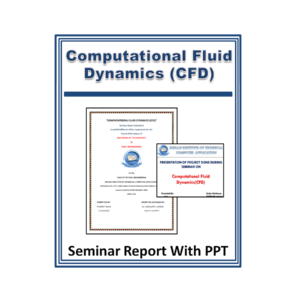Description
Name of Notes : – Unsaturated Soil Mechanics Lecture Note
Introduction
Unsaturated soil mechanics has rapidly become a part of geotechnical engineering practice as a result of solutions that have emerged to a number of key problems (or challenges). The solutions have emerged from numerous research studies focusing on issues that have a hindrance to the usage of unsaturated soil mechanics. The primary challenges to the implementation of unsaturated soil mechanics can be stated as follows:
- The need to understand the fundamental, theoretical behavior of an unsaturated soil;
- the formulation of suitable constitutive equations and the testing for uniqueness of proposed constitutive relationships;
- the ability to formulate and solve one or more nonlinear partial differential equations using numerical methods;
- the determination of indirect techniques for the estimation of unsaturated soil property functions, and
- in situ and laboratory devices for the measurement of a wide range of soil suctions.
This paper explains the nature of each of the previous challenges and describes the solutions that have emerged from research studies. Computer technology has played a major role in achieving practical geotechnical engineering solutions. Computer technology has played an important role with regard to the estimation of unsaturated soil property functions and the solution of nonlinear partial differential equations. Breakthroughs in the in situ and laboratory measurement of soil suction are allowing unsaturated soil theories and formulations to be verified through use of the “observational method.”
Modules / Lectures
- Introduction
- Fundamental Principles
- Soil hydraulic characteristics
- Measuring and modeling: Soil Hydraulic Characteristics
- Flow through unsaturated soils
- Shear Strength of Unsaturated Soils
- Swelling and Collapse behavior
- Quiz






Reviews
There are no reviews yet